Hello there! Have you ever wondered just how big Montana is compared to the vast expanse of Europe?
Well, you’re in for a treat because today, I’m going to take you on a journey of size and proportions that will leave you feeling fascinated!
When it comes to land area, Montana is truly a force to be reckoned with. It’s larger than a handful of European countries!
Imagine having a land mass that stretches far and wide, offering endless opportunities for outdoor activities and exploration.
But let’s put things into perspective, shall we? When we talk about the size of Montana, we can’t help but compare it to entire countries in Europe.
So, whether you’re planning a road trip or simply curious about the world around you, this comparison between Montana and Europe will provide you with a fresh perspective and ignite your sense of adventure.
- Related Article: How Big Is Montana Compared to Other States
Now, get ready to dive into the fascinating world of Montana, and let’s uncover just how this stunning state measures up against the vast continent of Europe.
Ready to embark on this size comparison journey with me? Let’s go!
Comparing Montana and Europe: What’s the Reason Behind It?
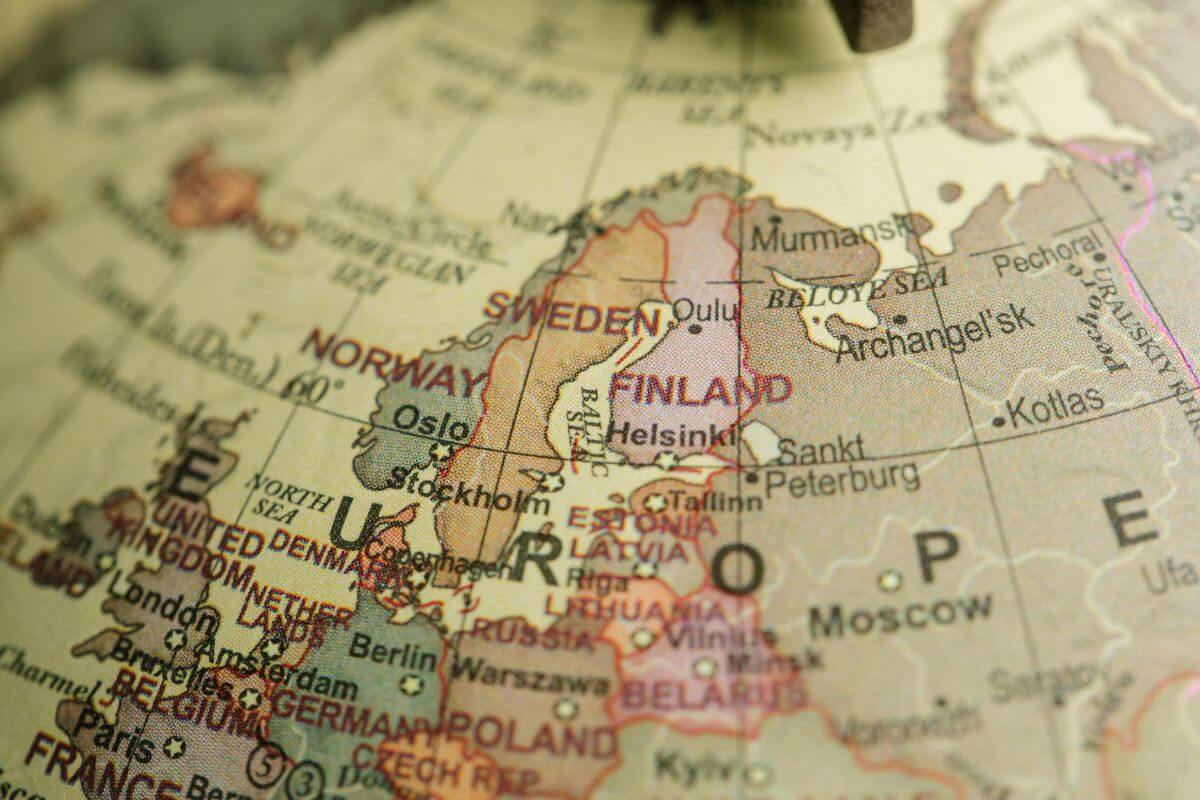
Have you ever wondered why we compare the size of Montana to the vast expanse of Europe? Well, the answer lies in the geographical sizes of these 2 regions.
Montana is larger than many European countries, and by making these comparisons, we gain valuable insights and perspectives.
Here is a list of some significance of comparing country sizes in various contexts:
- Geographical Perspective – Comparisons help us understand the scale of countries in terms of land area and territorial expanse, providing a geographical context.
- Cultural Awareness – By comparing countries’ sizes, we can appreciate the diversity of the world’s cultures and societies that inhabit these different regions.
- Political Significance – The size of a country can influence its political clout on the international stage, affecting its diplomatic influence and negotiation power.
- Economic Analysis – Understanding the size of countries can aid in economic analysis, trade relations, and investment decisions.
- Tourism and Travel – Comparing country sizes in travel or tourism helps travelers grasp the distances and diverse experiences available in a country.
It’s a fascinating exploration that gives us a greater understanding of our world.
Montana Size and Population
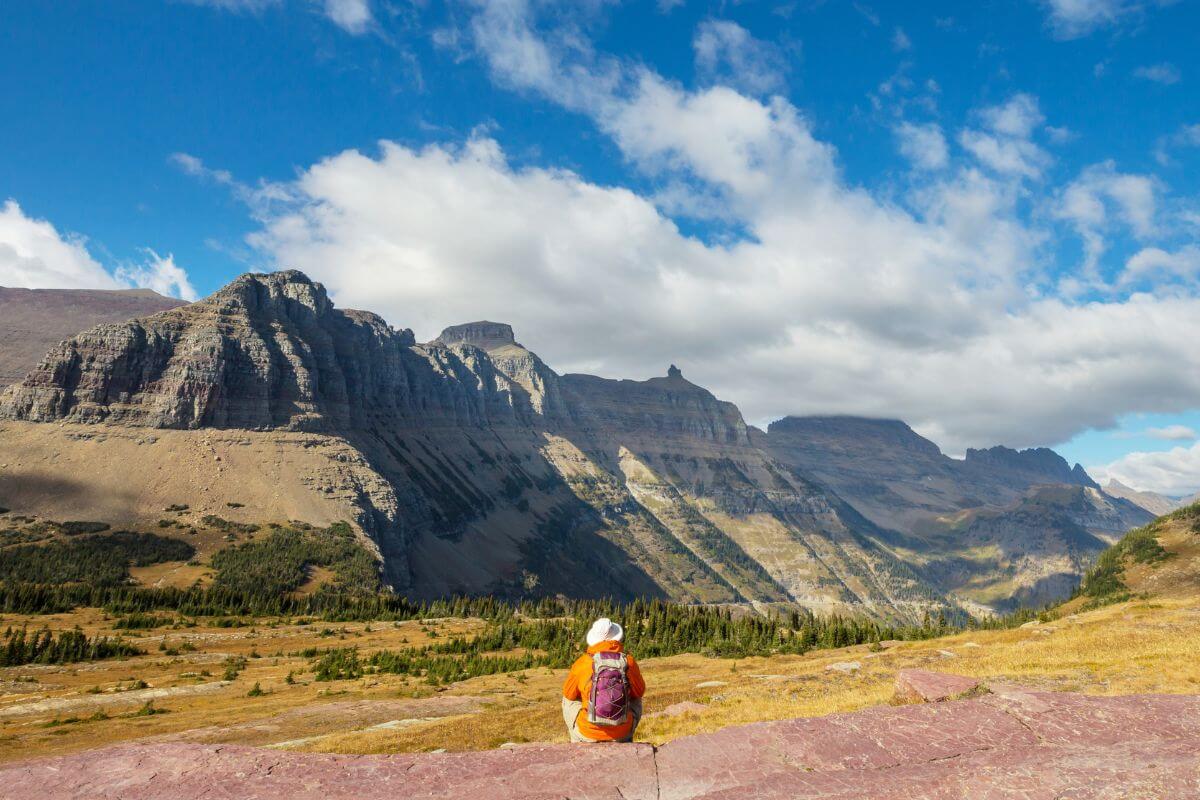
Montana, known as the “Treasure State,” is a vast and scenic region in the United States, with Helena as its capital city and Billings as its largest city.
Montana is renowned for its breathtaking natural beauty, characterized by majestic mountains, sprawling prairies, and pristine lakes.
With a vast expanse of 147,040 square miles, Montana proudly claims its spot as the 4th largest state in the United States. As of July 1, 2022, the state’s population is 1,122,867.
Montana has an average population density of 7 people per square mile. And when we consider Montana’s population, it further illustrates the captivating contrast.
The expanse of Montana’s landscapes beckons adventurers with its awe-inspiring outdoor activities.
- Learn more about Montana’s Land Area
Europe Size and Population
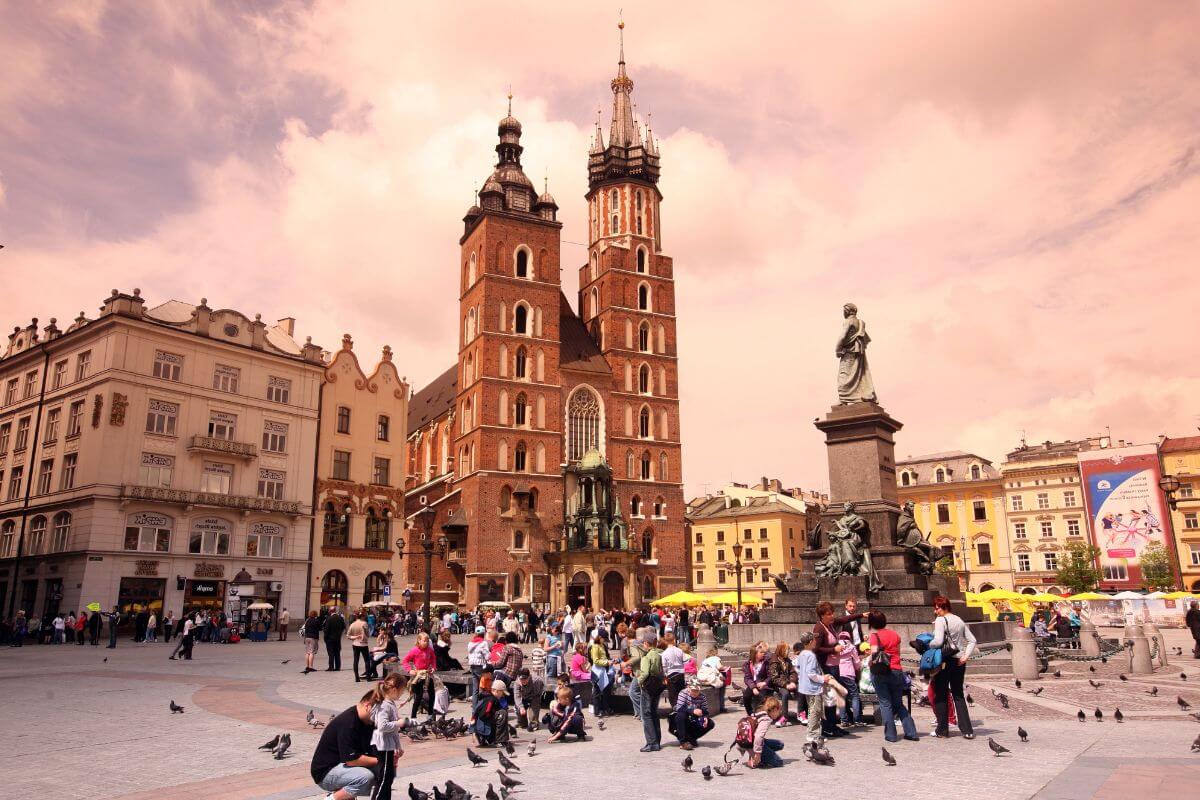
The continent is nestled in the western part of Eurasia and surrounded by the Arctic and Atlantic Oceans to the north and west, the Mediterranean Sea to the south, and the Ural Mountains and the Caspian Sea to the east.
With an area of about 3.93 million square miles or 2.0% of the Earth’s surface, Europe ranks as the world’s 2nd smallest continent.
Europe boasts a population of approximately 710 million people, making it the 3rd largest continent in terms of population, following Asia and Africa.
Now, let’s delve into the captivating realm of a European handful of countries. From the vibrant cities to the picturesque landscapes, it offers a mesmerizing tapestry of cultures and histories.
Europe’s precise borders, area, and population may vary depending on the perspective, whether cultural, political, or physiographic.
A Look at European Countries
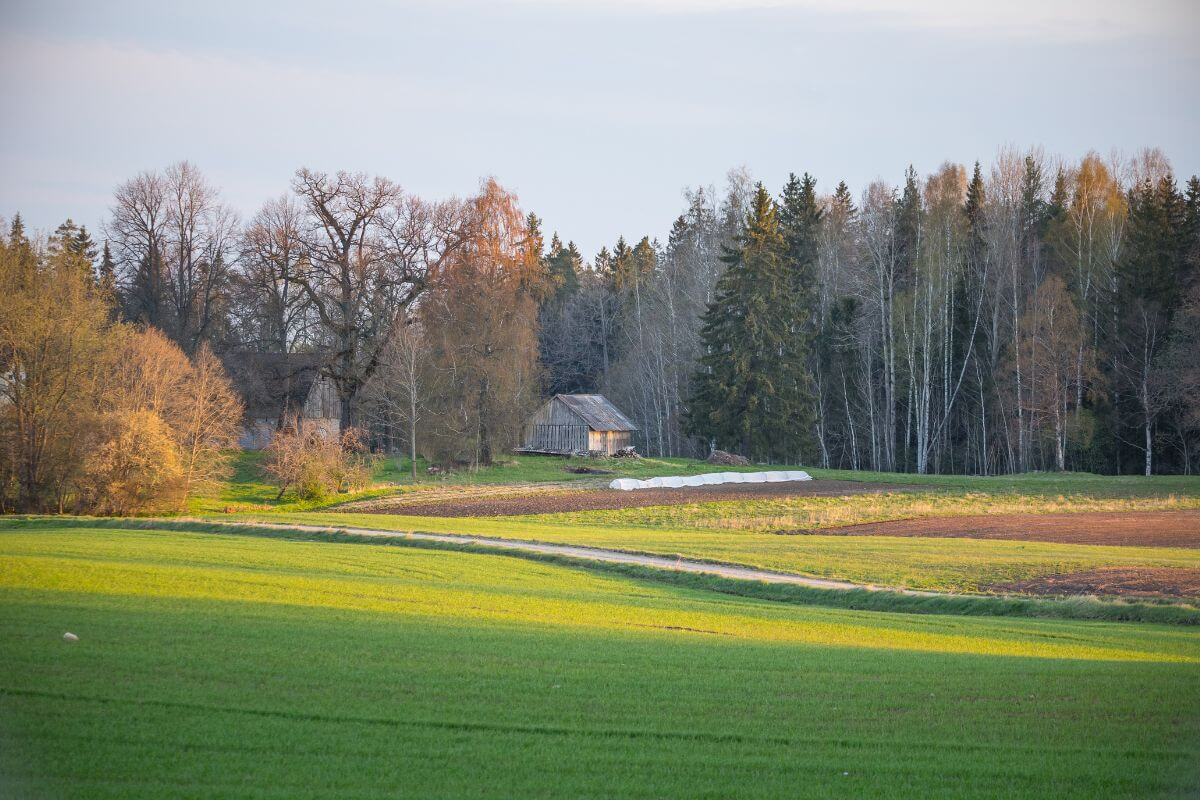
Europe is known for its rich history and cultural heritage and is a land of contrast, ranging from the Arctic regions in the north to the Mediterranean landscapes in the south.
Conventionally, Europe is divided into 4 primary geographical regions or subregions:
- Northern Europe – A region characterized by its cold climate, fjords, and progressive societies, including countries like Sweden, Norway, and Finland.
- Western Europe – Home to influential cultural hubs, historical landmarks, and diverse economies, comprising countries such as Germany, France, and the United Kingdom.
- Eastern Europe – An area with a mix of rich cultural heritage and post-Soviet influences, including countries like Russia, Ukraine, and Poland.
- Southern Europe – Known for its Mediterranean climate, ancient history, and beautiful coastlines, encompassing countries like Italy, Spain, and Greece.
Because of its extensive and intricate history, and being regarded as the birthplace of civilization, Europe holds significant political and economic influence in the world today.
Multiple European nations united to establish a shared market for trade, later evolving into the transformative and powerful European Union, encompassing the free movement of people, goods, and services.
The European Union comprises 27 member states, with several others in the process of negotiating their entry into the union.
Europe, for historical and political reasons, is partitioned into 2 primary regions: Western Europe and Eastern Europe.
In this context, Western Europe encompasses Northern Europe, Southern Europe, and the British Isles. On the other hand, Eastern Europe comprises all the territories situated east of Germany, Austria, and Italy.
It’s worth noting that Europe is home to some of the world’s largest economies and most populated countries, as well as a variety of landscapes and cultures.
This comparison allows us to appreciate the unique dimensions of Montana while also gaining insights into the multitude of nations that form this intriguing continent.
From the size difference between Montana and larger countries by land area like Germany to the dynamic economies of countries in the Western and Eastern parts, the continent’s variety is truly remarkable.
To provide a perspective on the scale and diversity of the continent, we present a table below showcasing various European countries with their corresponding population and land area:
| Rank | Country | Land area (sq. miles) | Population (2020) |
| 1 | Russia | 6,601,665 | 145,934,462 |
| 2 | France | 248,573 | 65,273,511 |
| 3 | Ukraine | 233,032 | 43,733,762 |
| 4 | Spain | 195,124 | 46,754,778 |
| 5 | Sweden | 173,860 | 10,099,265 |
| 6 | Germany | 137,847 | 83,783,942 |
| 7 | Finland | 130,558 | 5,540,720 |
| 8 | Norway | 125,021 | 5,421,241 |
| 9 | Poland | 120,728 | 37,846,611 |
| 10 | Italy | 116,348 | 60,461,826 |
| 11 | United Kingdom | 94,058 | 67,886,011 |
| 12 | Romania | 92,043 | 19,237,691 |
| 13 | Belarus | 80,155 | 9,449,323 |
| 14 | Greece | 50,949 | 10,423,054 |
| 15 | Bulgaria | 42,811 | 6,948,445 |
| 16 | Iceland | 39,769 | 341,243 |
| 17 | Hungary | 35,918 | 9,660,351 |
| 18 | Portugal | 35,556 | 10,196,709 |
| 19 | Austria | 32,383 | 9,006,398 |
| 20 | Czechia | 30,451 | 10,708,981 |
| 21 | Serbia | 29,913 | 8,737,371 |
| 22 | Ireland | 27,133 | 4,937,786 |
| 23 | Lithuania | 25,212 | 2,722,289 |
| 24 | Latvia | 24,938 | 1,886,198 |
| 25 | Croatia | 21,851 | 4,105,267 |
| 26 | Bosnia and Herzegovina | 19,767 | 3,280,819 |
| 27 | Slovakia | 18,933 | 5,459,642 |
| 28 | Estonia | 17,463 | 1,326,535 |
| 29 | Denmark | 16,639 | 5,792,202 |
| 30 | Netherlands | 16,040 | 17,134,872 |
| 31 | Switzerland | 15,937 | 8,654,622 |
| 32 | Moldova | 13,070 | 4,033,963 |
| 33 | Belgium | 11,787 | 11,589,623 |
| 34 | Albania | 11,100 | 2,877,797 |
| 35 | North Macedonia | 9,928 | 2,083,374 |
| 36 | Slovenia | 7,827 | 2,078,938 |
| 37 | Montenegro | 5,333 | 628,066 |
| 38 | Kosovo | 4,203 | 1,798,188 |
| 39 | Luxembourg | 998 | 625,978 |
| 40 | Andorra | 181 | 77,265 |
| 41 | Malta | 122 | 441,543 |
| 42 | Liechtenstein | 61.8 | 38,128 |
| 43 | San Marino | 23.6 | 33,931 |
| 44 | Monaco | 0.77 | 39,242 |
| 45 | Holy See (Vatican City) | 0.17 | 801 |
Excluded from the aforementioned list are various countries:
- Turkey – Turkey only holds a limited portion of East Thrace situated on the European Balkan Peninsula.
- Cyprus – Cyprus is an island located in the Mediterranean Sea and is geographically classified as part of Asia Minor (Middle East).
- The Faroe Islands – The Faroe Islands is an archipelago between the Norwegian Sea and the North Atlantic Ocean, and are a self-governing territory under the Kingdom of Denmark.
- Greenland – Greenland belongs geographically to North America and is also an autonomous Danish territory.
- Kazakhstan – A small segment of Western Kazakhstan is also considered to be part of Europe.
Montana vs Europe Size Comparison Final Thoughts
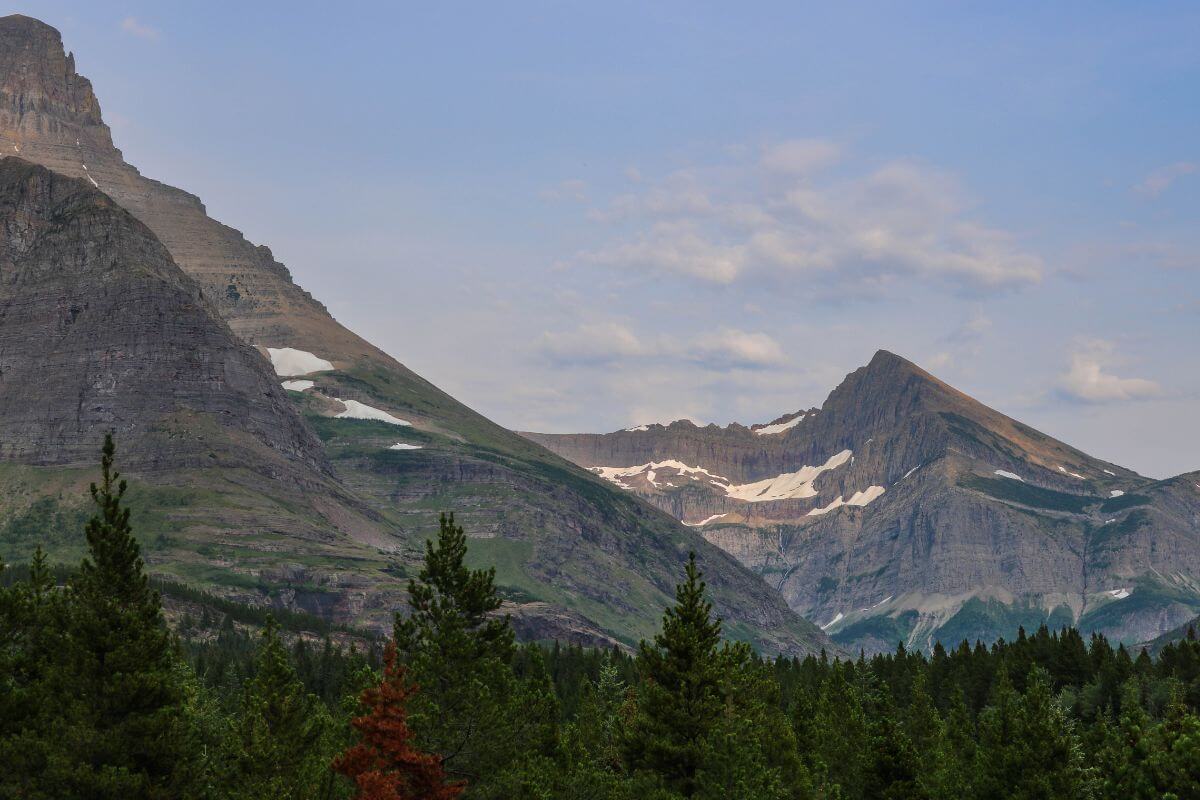
After exploring the size of various European countries in comparison to Montana, it is clear that Europe is home to a remarkable range of dimensions.
From the vast expanses of Russia and Ukraine to the compact territories of Monaco and Vatican City, there is a fascinating diversity in land size across the continent.
While Montana’s grandeur cannot be denied, it is dwarfed by the colossal expanse of Russia, which takes the crown as the continent’s largest country.
In terms of total area, Europe is 27 times larger than the size of Montana.
Other European nations such as Ukraine, France, Spain, and Sweden also far surpass Montana’s land area, showcasing the vastness of the continent.
It is important to note that not all European countries compare to Montana’s size.
With their compact dimensions, Monaco, Vatican City, Andorra, Liechtenstein, and San Marino offer a unique and pocket-sized experience.
The size comparison between Montana and Europe highlights the incredible variety that can be found within the European continent.
From the sprawling territories to the smaller enclaves, each country offers its distinct charm. So whether you seek vast landscapes or intimate settings, Europe has it all.
As we marvel at Europe’s incredible variety, let’s not forget that Montana’s rugged charm and untouched wilderness make it an exceptional destination for experiencing the true essence of the American West.
Montana stands proud as a land of endless adventures, waiting to be discovered amidst nature’s grandeur.
Montana vs Europe Size Comparison FAQs
1. Is Montana Bigger Than Europe?
No. Montana is not bigger than Europe. Europe is a continent comprising multiple countries making it significantly larger than Montana.
2. What Country Has the Same Size as Montana?
Germany is a country that has a similar land area to Montana. Germany and Montana’s total areas are 137,847 and 147,040 square miles, respectively.
3. Which U.S. state Is Bigger Than Europe?
No United States state is bigger than Europe. The land area of Europe surpasses that of any individual state in the United States, including Alaska, which is the largest U.S. state.
4. Does Europe Have the Same Area as Texas?
No. Europe is not the same size as Texas. The difference in size between the two is quite substantial, with Europe being significantly larger in terms of land area.
To quench your fascination with Montana and gain deeper insights, stay connected and explore these captivating articles:
- https://eros.usgs.gov/media-gallery/state-mosaics/montana
- http://plaza.ufl.edu/jdesouza/europe.html
- https://europe.unc.edu/wp-content/uploads/sites/314/2017/05/2.D_Schengen_PDF_from_Europa.pdf
- https://www.cia.gov/the-world-factbook/countries/european-union/
- https://open.lib.umn.edu/worldgeography/chapter/2-3-regions-of-western-europe

